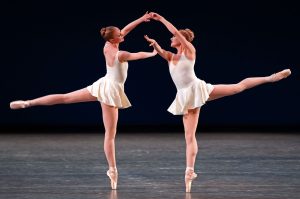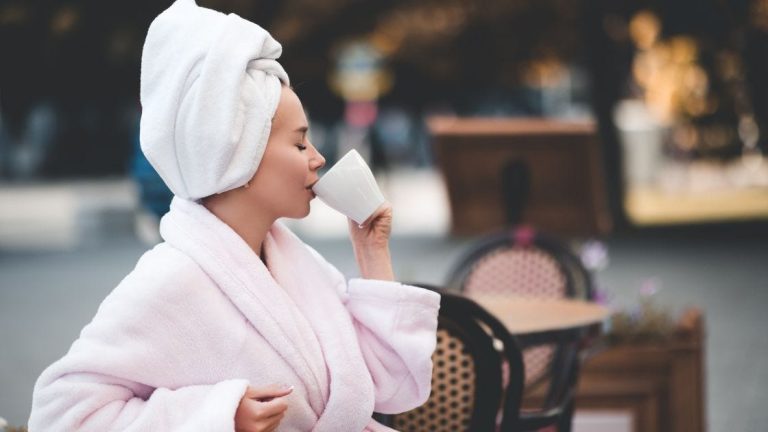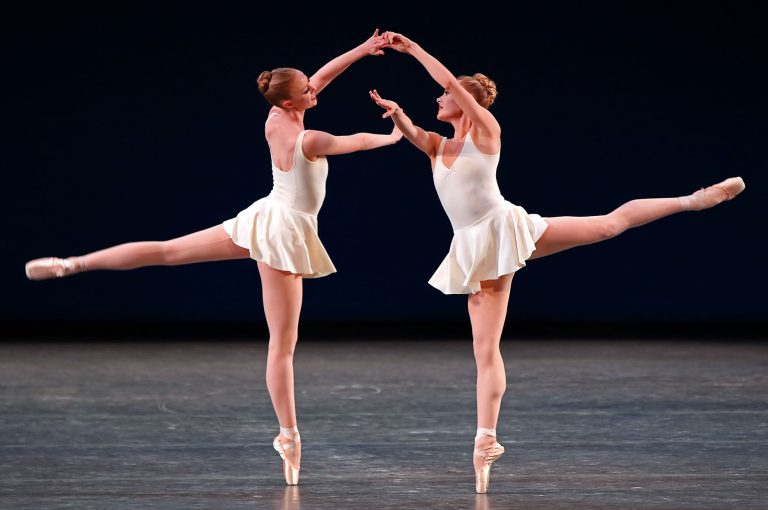Dramatic portrait photography is an art form that can evoke powerful emotions and create a lasting impression on the viewer. Creating a mood and atmosphere in these portraits is crucial to capturing the essence of the subject. And conveying their personality to the viewer. In this article, we will explore various techniques that photographers can use to create mood. And atmosphere in dramatic portrait photography.

1. Lighting
Lighting is one of the most important elements in creating mood and atmosphere in portrait photography. The use of light can dramatically alter the mood of a photograph, from bright and cheerful to dark and moody. By playing with different lighting techniques, photographers can create a variety of moods and atmospheres in their portraits.
One technique that is often used in dramatic portrait photography is low-key lighting. This technique involves using minimal light to create a dark and moody atmosphere. Low-key lighting can be used to create a sense of mystery and intrigue, and can be particularly effective for portraits of people with strong, angular features.
On the other hand, high-key lighting involves using bright, even light to create a sense of energy and vitality in the photograph. High-key lighting can be used to create a sense of joy. And happiness, and is often used for portraits of children or families.
2. Background
The background of a photograph can also play a crucial role in creating mood. And atmosphere. A simple, plain background can be used to create a sense of intimacy. And focus on the subject. Conversely, a busy, textured background can create a sense of chaos and confusion, which may be appropriate for certain dramatic portraiture.
When selecting a background for a dramatic portrait, consider the subject’s personality and the mood you want to convey. For example, a dark, moody background might be appropriate for a portrait of a musician or artist, while a bright, colorful background might be more appropriate for a portrait of a young child.
3. Composition
The composition of a photograph can also help to create mood and atmosphere. By using various compositional techniques, photographers can direct the viewer’s eye and create a sense of depth and dimensionality.
One effective compositional technique is the use of leading lines. Leading lines are lines within the photograph that direct the viewer’s eye to a specific part of the image. For example, A road or pathway in the foreground can lead the viewer’s eye to the subject in the background, creating a sense of depth and distance.
Another effective compositional technique is the use of negative space. Negative space is the empty space around the subject in the photograph. By using negative space effectively, photographers can create a sense of balance And harmony in the photograph. Which can contribute to the overall mood and atmosphere.
4. Pose and Expression
The pose and expression of the subject can also play a crucial role in creating mood and atmosphere in a dramatic portrait. By directing the subject’s pose and expression, photographers can create a sense of emotion and intensity in the photograph.
When directing the subject’s pose, consider the mood you want to convey. For example, a relaxed, casual pose might be appropriate for a portrait of a musician or artist, while a more rigid, formal pose might be more appropriate for a portrait of a business executive.
Similarly, the subject’s expression can also help to create mood and atmosphere. A happy, smiling expression can create a sense of joy and happiness, while a serious or contemplative expression can create a sense of intensity and depth.
5. Post-Processing
Post-processing is the final step in creating mood and atmosphere in dramatic portrait photography. By using various post-processing techniques, photographers can enhance the mood and atmosphere of their photographs and create a more cohesive, unified image.
One effective post-processing technique is the use of color grading. Color grading involves adjusting the colors in the photograph to create a specific mood or atmosphere. For example, des
aturating the colors and adding a blue tint can create a cold, melancholic mood, while increasing the contrast and adding warm tones can create a vibrant, energetic atmosphere.
Another post-processing technique that can be used in dramatic portrait photography is selective focus. Selective focus involves blurring the background of the photograph while keeping the subject in sharp focus. This technique can be used to create a sense of depth and dimensionality in the photograph, and can also help to direct the viewer’s attention to the subject.
FAQs
Q: What is the best lighting setup for creating a dramatic mood in portrait photography?
A: Low-key lighting is often used to create a dark and moody atmosphere in portrait photography. This involves using minimal light to create shadows and contrast. However, the best lighting setup will depend on the subject and the mood you want to convey. Experiment with different lighting setups to find the one that works best for your specific situation.
Q: How important is the background in creating mood and atmosphere in portrait photography?
A: The background can play a crucial role in creating mood and atmosphere in portrait photography. A simple, plain background can be used to create a sense of intimacy and focus on the subject, while a busy, textured background can create a sense of chaos and confusion. When selecting a background for a dramatic portrait, consider the subject’s personality and the mood you want to convey.
Q: How can I direct my subject’s pose and expression to create a specific mood?
A: Directing your subject’s pose and expression is an important part of creating mood and atmosphere in portrait photography. To create a specific mood, consider the subject’s personality and the context of the photograph. For example, a relaxed, casual pose might be appropriate for a portrait of a musician or artist, while a more rigid, formal pose might be more appropriate for a portrait of a business executive. Similarly, a happy, smiling expression can create a sense of joy and happiness, while a serious or contemplative expression can create a sense of intensity and depth.
Q: How much post-processing should I do to create a specific mood in my portraits?
A: The amount of post-processing you should do to create a specific mood in your portraits will depend on the specific photograph and the mood you want to convey. In general, post-processing should be used to enhance the mood and atmosphere of the photograph, rather than completely altering it. Experiment with different post-processing techniques to find the ones that work best for your specific situation.





















+ There are no comments
Add yours